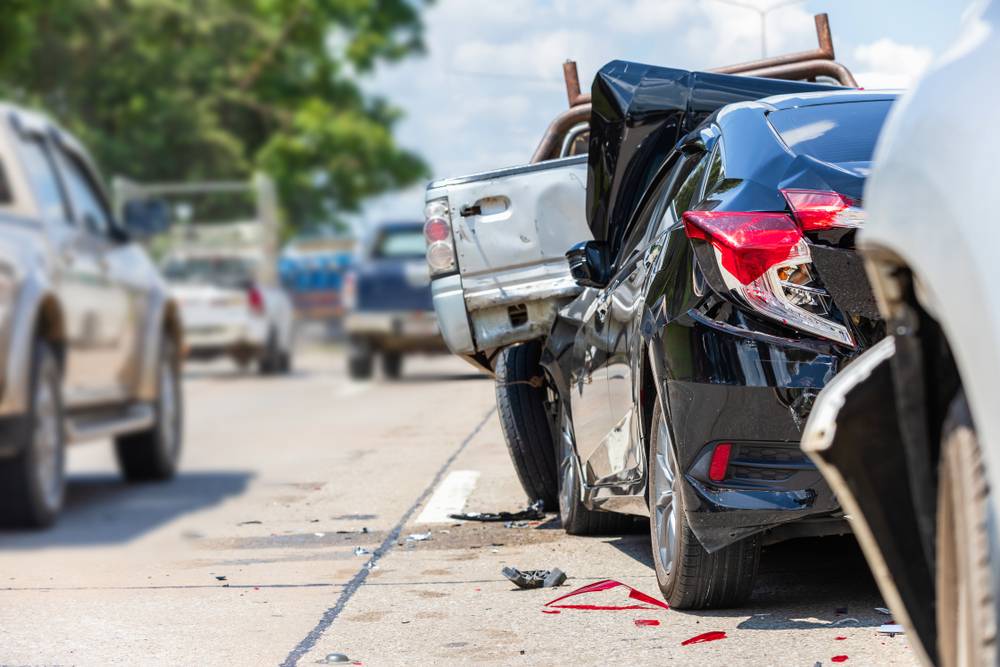South Carolina negligence laws play a crucial role in determining liability in personal injury cases. Understanding the difference between comparative and contributory negligence is essential for anyone involved in an accident or legal dispute. These legal principles dictate how fault is assigned and whether an injured party can recover damages.
Over time, South Carolina has shifted from a strict contributory negligence system to a more balanced modified comparative negligence approach. This change has had a significant impact on personal injury claims and legal strategies within the state. Let us explore how the state negligence laws affect liability, compensation, and the way legal cases are handled.
Understanding SC Negligence Laws
Negligence laws in South Carolina govern how liability is determined when someone is injured due to another party’s actions or inaction. The legal system evaluates whether the injured party contributed to their harm and to what extent.
South Carolina follows a modified comparative negligence system, allowing injured parties to seek compensation as long as their fault doesn’t exceed a certain threshold.
Negligence is a fundamental concept in personal injury law. It refers to a situation where someone fails to exercise reasonable care, resulting in harm to another person. In South Carolina, negligence laws are designed to ensure that individuals who suffer injuries due to another party’s carelessness can seek compensation. However, the extent to which an injured party can recover damages depends on the state’s negligence framework.
Is South Carolina a no-fault state? No, South Carolina isn’t a no-fault state. It follows an at-fault system, meaning the driver responsible for the accident must cover damages. This makes it important for victims to gather and present evidence that establishes fault.
Key Differences in Comparative and Contributory Negligence SC
Comparative and contributory negligence are two distinct legal doctrines that influence personal injury claims. Contributory negligence is a stricter rule. It bars plaintiffs from recovering damages if they’re found to be even slightly at fault.
Comparative negligence, on the other hand, allows plaintiffs to recover damages based on their percentage of fault. South Carolina follows a modified version of comparative negligence, meaning plaintiffs can seek compensation as long as they aren’t more than 50% responsible for the incident.
The difference between comparative and contributory negligence is significant. In states that follow contributory negligence, plaintiffs who are even 1% at fault for an accident cannot recover any damages. This system is often considered outdated, as it fails to account for situations where multiple parties share responsibility for an incident.
Comparative negligence, on the other hand, provides a more equitable approach. Under this system, plaintiffs can recover damages based on their degree of fault. For example, if a plaintiff is found to be 30% responsible for an accident, their compensation is reduced by 30%.
This approach ensures that injured parties can still receive financial support, even if they played a role in the incident. Some states also follow a pure comparative negligence system, which lets plaintiffs recover damages no matter their level of fault.
How Modified Comparative Negligence Works in South Carolina
As we have established, South Carolina’s comparative negligence law determines liability and compensation amount. It allows plaintiffs to recover damages as long as they’re 50% or less at fault. If the plaintiff is found to be 51% or more responsible, they’re completely barred from recovery. However, how exactly does that work in a personal injury claim?
Courts determine fault percentages based on evidence such as accident reports, witness testimony, and expert opinions. If a plaintiff is awarded damages but found partially at fault, their compensation is reduced accordingly. This system aims to balance fairness by holding negligent parties accountable while preventing plaintiffs from recovering damages if they’re primarily responsible for their injuries.
When determining fault, courts consider various factors, including the actions of each party leading up to the incident. Evidence such as surveillance footage, medical records, and expert testimony can play a crucial role in establishing fault percentages.
To understand how the system applies to personal injury cases, imagine if a customer walks into a grocery store and unknowingly steps onto a puddle of water left on the floor. Without a warning sign in place, the customer slips and falls, sustaining injuries.
While the store is responsible for failing to clean up the spill, the customer was looking at their phone instead of watching where they were walking. After reviewing the incident, the court finds that the store holds 60% of the fault, while the customer is 40% responsible for not paying attention. Since the customer’s fault percentage is below 50%, they can still receive compensation, but their total recovery will be reduced by 40%.
Impact of Comparative Negligence Laws On Personal Injury Claims
Negligence laws influence personal injury claims in South Carolina. Plaintiffs must prove that the defendant’s negligence was the primary cause of their injuries while also defending against claims that they contributed to the incident. Insurance companies often attempt to shift blame to minimize payouts, making legal representation crucial.
The modified comparative negligence system allows injured parties to seek compensation even if they share some responsibility, but it also requires careful legal strategy to ensure fair outcomes. Understanding how negligence laws apply to specific cases can help plaintiffs navigate the legal process effectively.
Personal injury claims in South Carolina are heavily influenced by the state’s negligence laws. Plaintiffs must present compelling evidence to demonstrate that the defendant’s actions directly caused their injuries. Additionally, they must be prepared to counter arguments that they were partially responsible for the incident.
Insurance companies play a role in personal injury cases, often attempting to minimize payouts by shifting blame onto plaintiffs. This tactic can make it challenging for injured parties to secure fair compensation. As a result, legal representation is essential for navigating the complexities of negligence law and ensuring that plaintiffs receive the financial support they deserve.
What Damages Are Available in Personal Injury Cases
When someone is injured due to another person’s negligence, they may be entitled to compensation. The law recognizes different types of damages to help victims recover from their losses. These damages can cover financial costs, emotional suffering, and even serve as a punishment for reckless behavior.
Compensatory damages are the most common. They include medical expenses, lost wages, and property damage. If an injury requires ongoing treatment, future medical costs may also be covered. Lost wages apply when an injury prevents someone from working, and if the injury affects future earning potential, that can be factored in as well.
Non-economic damages address the emotional and psychological impact of an injury. Pain and suffering, emotional distress, and loss of enjoyment of life fall into this category. These damages recognize that an injury affects more than just finances. It can change a person’s daily life and well-being.
In rare cases, punitive damages may be awarded. These are meant to punish the responsible party for extreme negligence or intentional harm. They serve as a warning to others, discouraging reckless behavior.
Understanding these damages is important for anyone pursuing a personal injury claim. Knowing what compensation is available can help victims seek the support they need to move forward.
Navigating Comparative Negligence South Carolina Laws
One of the most important steps is gathering strong evidence. Accident reports, witness statements, and expert testimony can help establish fault and minimize the plaintiff’s percentage of responsibility. Insurance companies often try to shift blame, so having clear documentation is key to countering their arguments.
Negotiation plays a big role in these cases. Many claims are settled outside of court, and skilled legal representation can make a difference in securing fair compensation. An experienced legal counsel aims to present a strong case, ensuring that their clients receive the financial support they need.
If a case goes to trial, presenting a clear and convincing argument is crucial. A trial judge or jury relies on fault percentages to determine compensation, and plaintiffs must demonstrate that their responsibility remains below the 50% threshold. With the right legal approach, individuals can navigate South Carolina’s negligence laws and work toward a fair resolution.
At Armada Law, we’re dedicated to helping injured individuals navigate South Carolina’s negligence laws and fight for the compensation they deserve. Our experienced personal injury attorneys work tirelessly to collect evidence, negotiate with insurance companies, and ensure that our clients aren’t unfairly blamed.
We understand the complexities of modified comparative negligence doctrine and can guide you on your legal obligations after a car accident or other types of incidents that fall under personal injury law.
Whether it’s reviewing reports, responding to court summons for car accident cases, speaking with witnesses, or consulting experts, we can assist you in all legal aspects of your case. Contact us today to schedule your free consultation with our injury attorney in Greenville.










![Is Lane Splitting Legal in South Carolina? [+ Lane Filtering]](https://www.armadalaw.com/wp-content/uploads/2024/12/Motorcycle-lane.jpg)